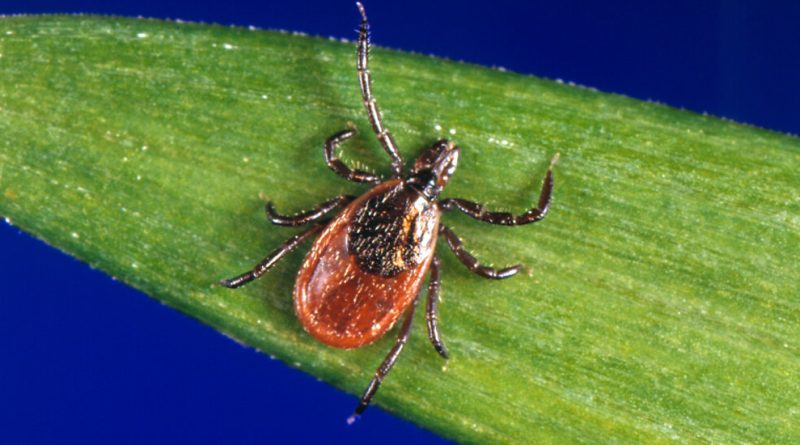Babesiosis, a Tick-Borne Disease, Is on the Rise in the Northeast, C.D.C. Reports
[ad_1]
Cases of a tick-borne disease, called babesiosis, more than doubled in some Northeastern states between 2011 and 2019, researchers from the Centers for Disease Control and Prevention reported on Thursday.
Although many people with babesiosis are asymptomatic, others develop flulike symptoms, including fevers, chills, sweats and muscle aches. The disease can be severe or even fatal in people who have compromised immune systems or other risk factors.
The disease, which for decades was extremely rare in the United States, is now endemic in 10 states in the Northeast and the Midwest, the agency said. The increase may have been fueled by rising temperatures and the growing population of deer, two factors that help ticks thrive, experts said.
“I think this is an unfortunate milestone,” said Dr. Peter Krause, a babesiosis expert at the Yale School of Public Health, who was not involved in the study.
Babesiosis is caused by parasites that typically make themselves at home in mice and other rodents. Poppy-seed-size blacklegged ticks, which are also known as deer ticks and can transmit Lyme disease, can spread the disease to humans after feeding on infected mice.
The first person known to have been infected in the United States was reported in 1969 in Massachusetts. Today, most cases occur in the Northeast and the upper Midwest in the spring and summer. (The parasite can also be transmitted by blood transfusions, and the Food and Drug Administration recommends screening donated blood in certain states.)
In the new study, researchers analyzed 16,174 babesiosis cases reported in 10 states between 2011 and 2019. In 2019 alone, there were more than 2,300 cases, more than twice as many as in 2011. The disease was most common in New York, Massachusetts and Connecticut, which typically tallied hundreds of cases per year.
But there were regional differences in the trends. In two Midwestern states, Minnesota and Wisconsin, the number of annual cases held relatively steady. By contrast, in eight Northeastern states, the number of cases increased significantly over that time period, with the steepest increases in Vermont, Maine, New Hampshire and Connecticut.
In three of those states — Maine, New Hampshire and Vermont — babesiosis had not previously been considered endemic.
The increases in those states are particularly notable, said Edouard Vannier, a babesiosis expert at Tufts Medical Center in Boston who was not involved in the new study.
“The disease is going north,” he said. “And it’s probably due to climate change.”
The ticks, which prefer warm, wet conditions, have indeed expanded their territory northward. The findings highlight the need to expand surveillance and screening for the disease, Dr. Vannier said.
A growing deer population could also be fueling the rise in babesiosis. Although deer do not carry the parasites that cause babesiosis, they are the preferred food source for adult ticks.
“That greatly amplifies the number of ticks,” Dr. Krause said. “A lot more survive, a lot more females lay eggs.”
The building of new housing in areas where ticks are present could also play a role, he added, as could increased awareness, which may be prompting more doctors to test patients for the disease.
It is unclear why the Midwestern states have not experienced the same rise in cases. “I don’t have an explanation for it,” Dr. Vannier said. But the disease had typically been less common there than in the Northeast, he noted.
Babesiosis can be treated with antimicrobial drugs. It can be prevented by avoiding tall grass and underbrush, and wearing long pants and tick repellent, in areas where the disease is endemic. Daily tick checks can help people spot and remove the ticks before the arachnids have the chance to transmit the parasite.
